
This is not the back of an eyeball—even though it looks like the back of an eyeball. It’s Jupiter’s frozen moon Europa—the sixth largest moon in the solar system, just behind Earth’s. But the organic appearance of Europa in this newly released, newly reprocessed image captured by the Galileo spacecraft in the late 1990s is apt all the same, because the moon may be the likeliest world in the solar system to harbor extraterrestrial life.
Europa is entirely covered by a shell of water ice, anywhere from 1.8 mi. to 62 mi. (3 to 100 km) thick, depending upon which astronomer’s estimates you’re using and where on the moon you’re measuring. But the existence of the ice is proven, and it all but certainly covers a deep, mineral rich water ocean descending to a depth of another 62 mi. It is tidal flexing that keeps the ocean liquid—the steady gravitational plucking Europa experiences every time is passes or is passed by one of its three large sister moons, Io, Ganymede and Callisto.
In the same way a wire hanger bent rapidly back and forth can become too hot to touch at the point of flexing, so too does the center of Europa heat up. That causes the water to remain both relatively warm and constantly in motion. Keep that up for 4 billion years in an oceanic environment believed to contain hydrocarbons, and you may well cook up something living.
The most compelling evidence for Europa’s dynamic behavior was gathered by Voyager 2, when it flew by the moon in 1979, and Galileo, when it arrived in Jovian orbit in 1995. The cameras of both spacecraft captured the vascular-looking webwork of fractures in the moon’s surface ice, and close up images revealed what looked like jagged icebergs that had broken free, tipped sideways and quickly frozen back in place in the paralyzing cold of deep space. All this suggested an ocean that was in constant motion.
The colors used in earlier versions of the reprocessed image were based on knowledge of what the moon’s chemistry is and a bit of conjecture about exactly what shades it would produce. But the new version is based on both improved knowledge and improved image processing. The ruddy colors in the fractures are the products of the minerals that bubble up through the cracks. Green, violet and near-infrared filters were used to establish the proper palette.
A better, more accurate picture of Europa does nothing to change the facts on the ground there—or, more tantalizingly, below the ground. The moon remains the most fascinating non-Earthly object in our solar system. The new image, however, does serve as one more come-hither gesture from a world that’s been beckoning us to return for a long time.
PHOTOS: This Astronaut's Images of Earth Look Like Beautiful Abstract Paintings
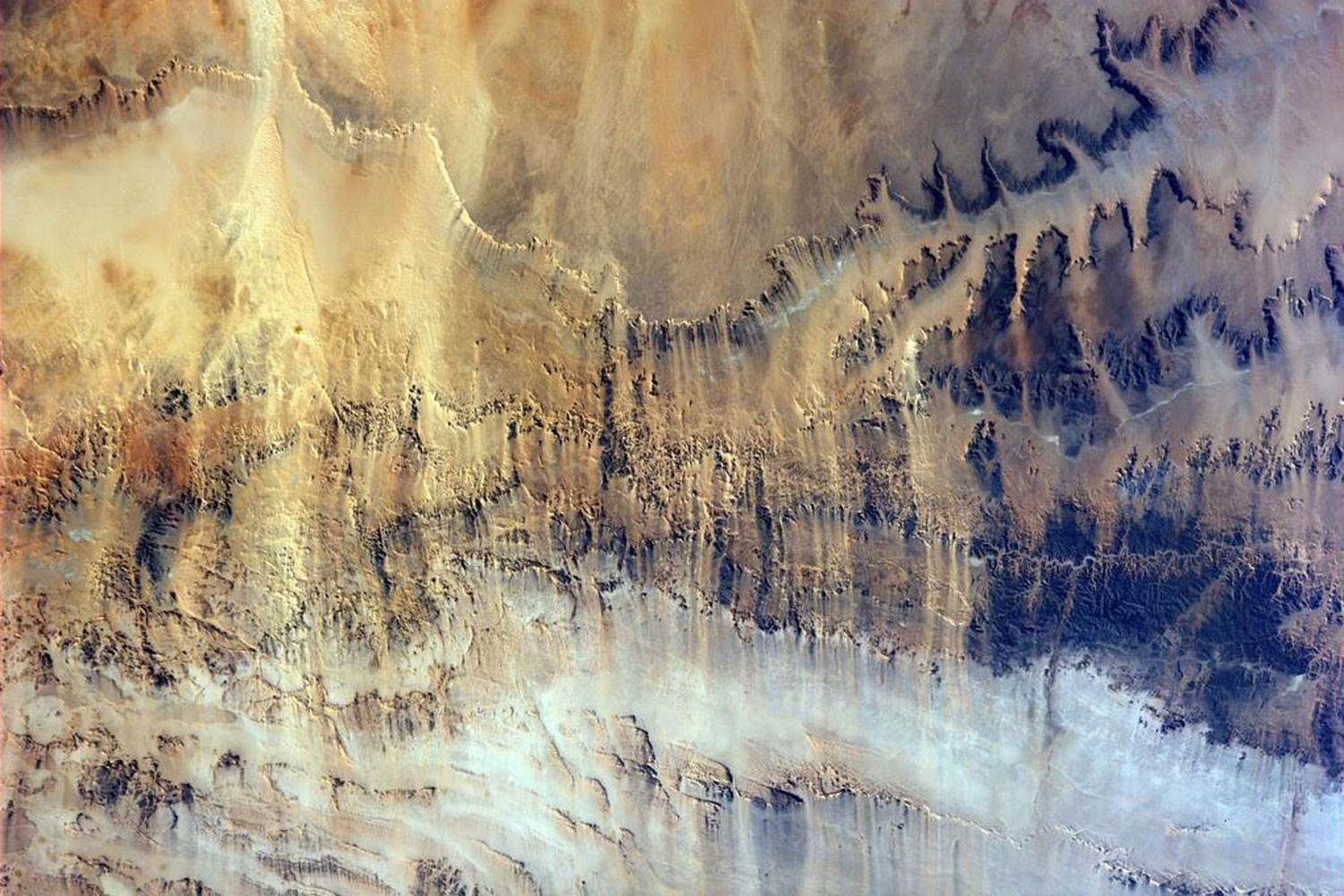
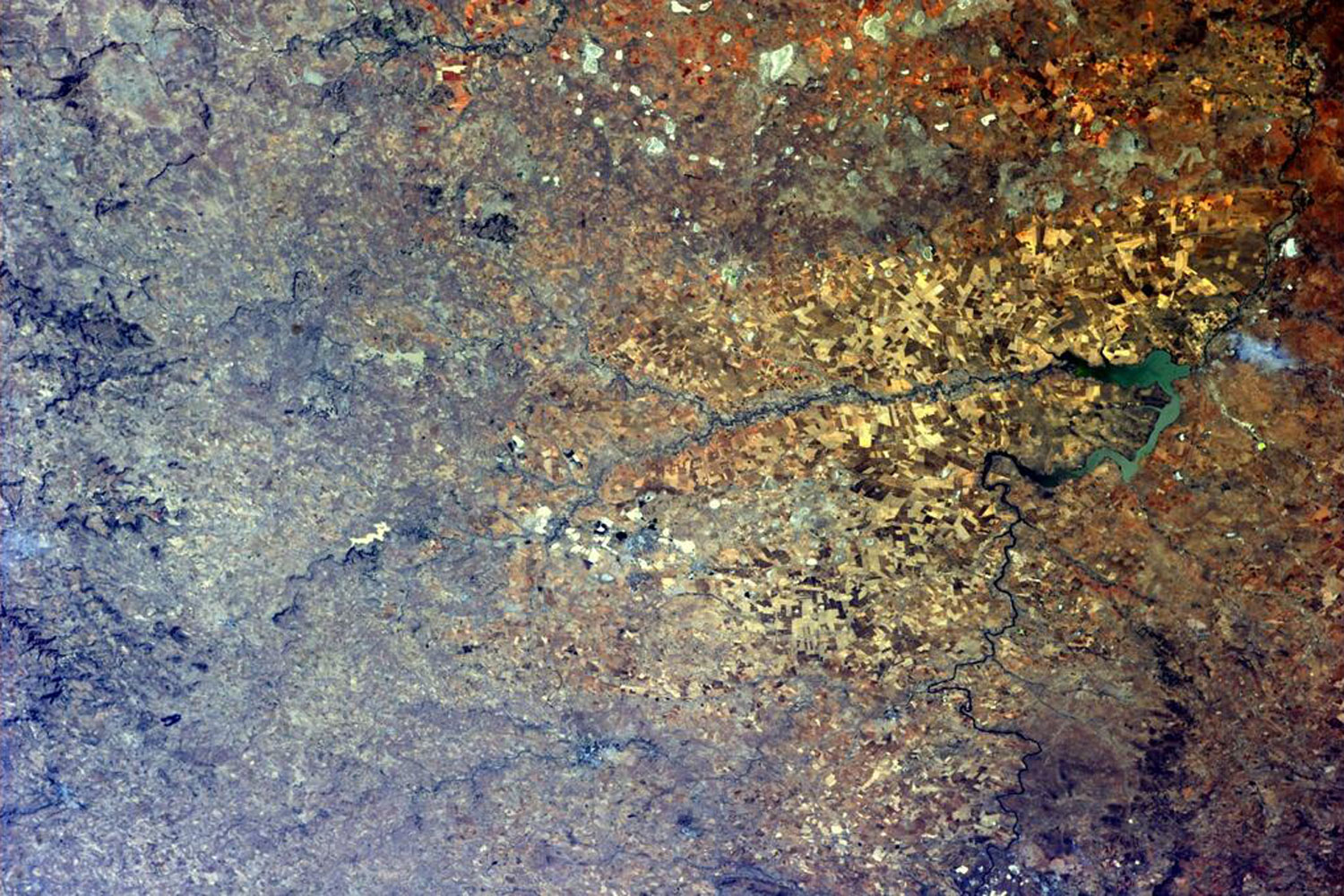

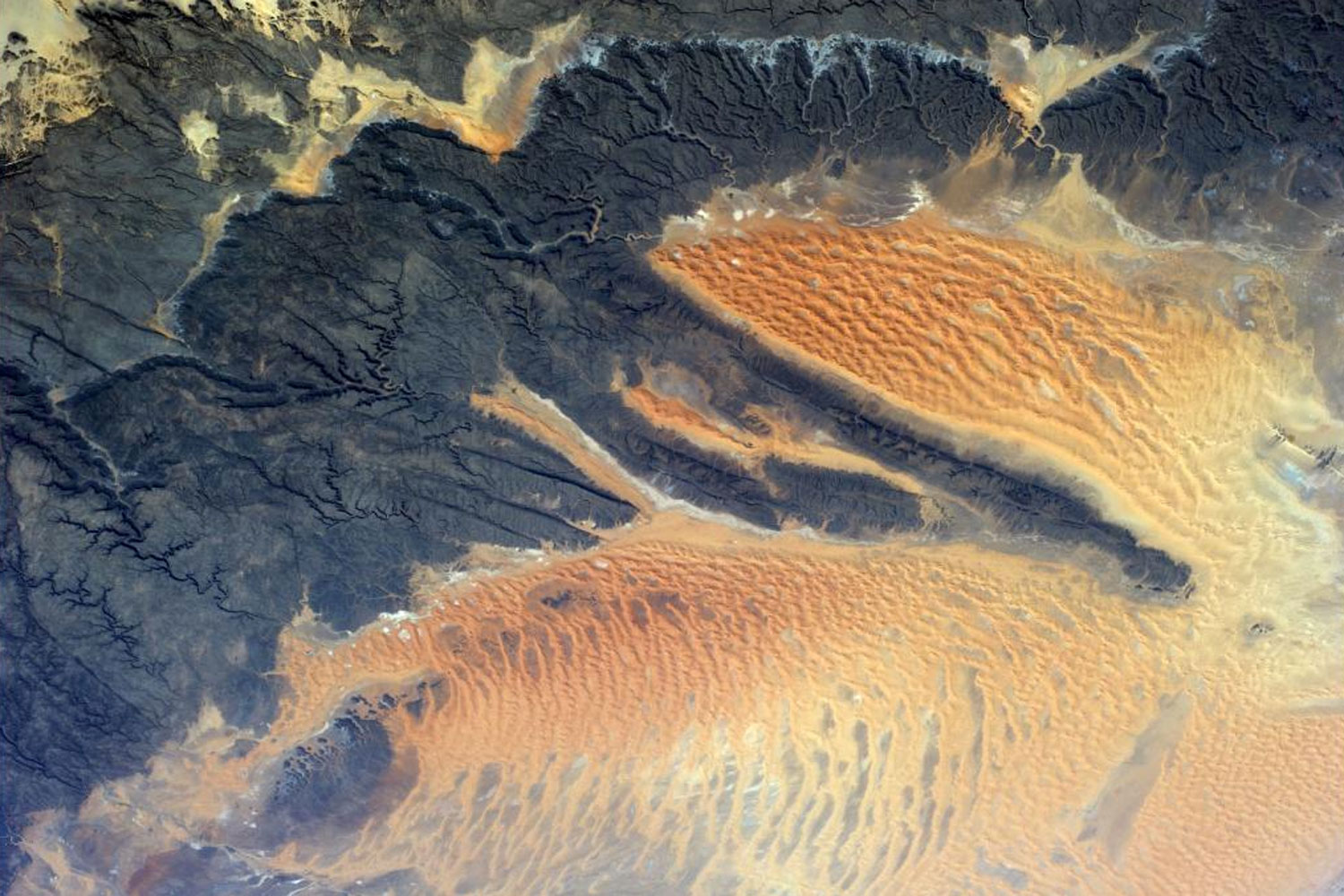
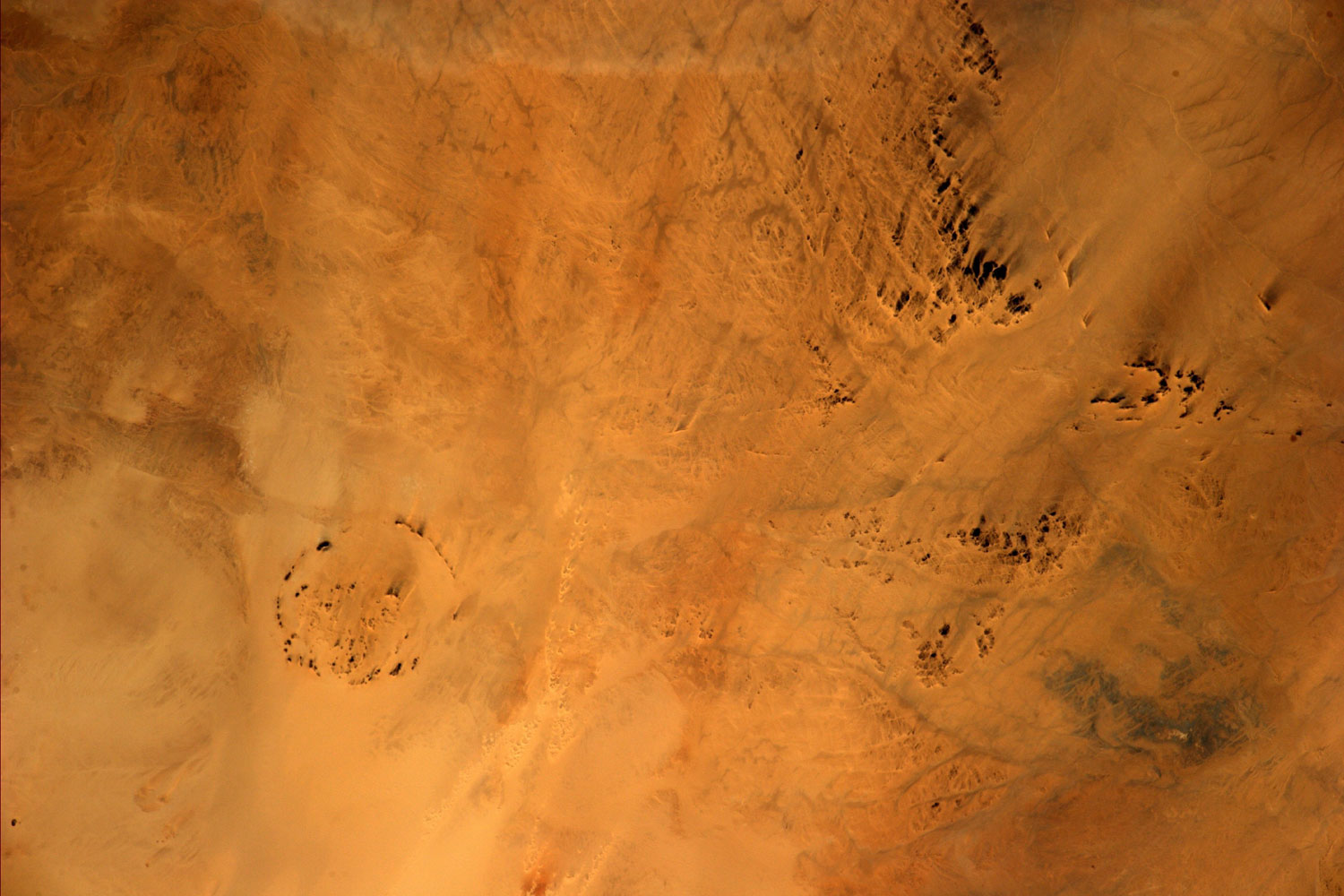

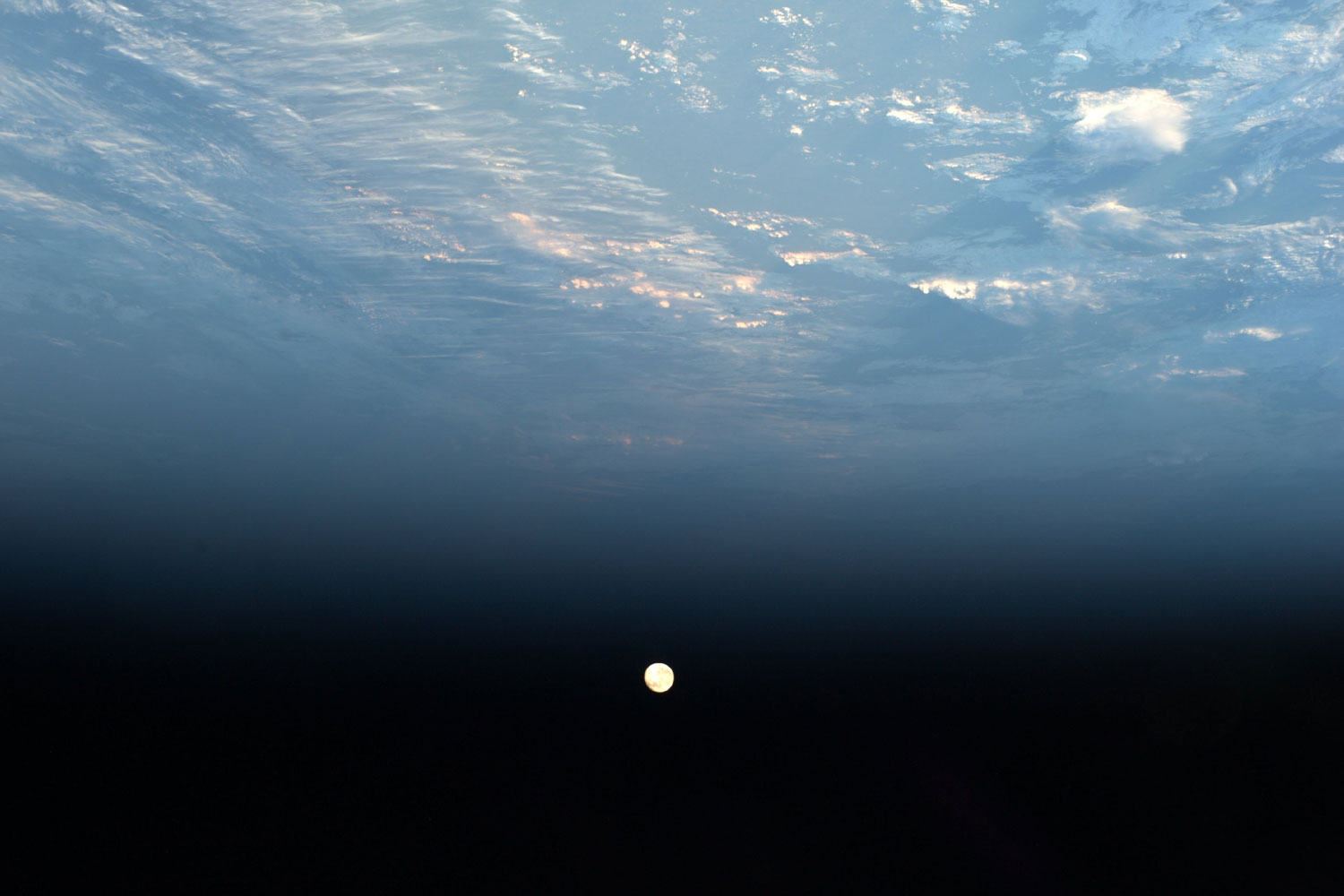

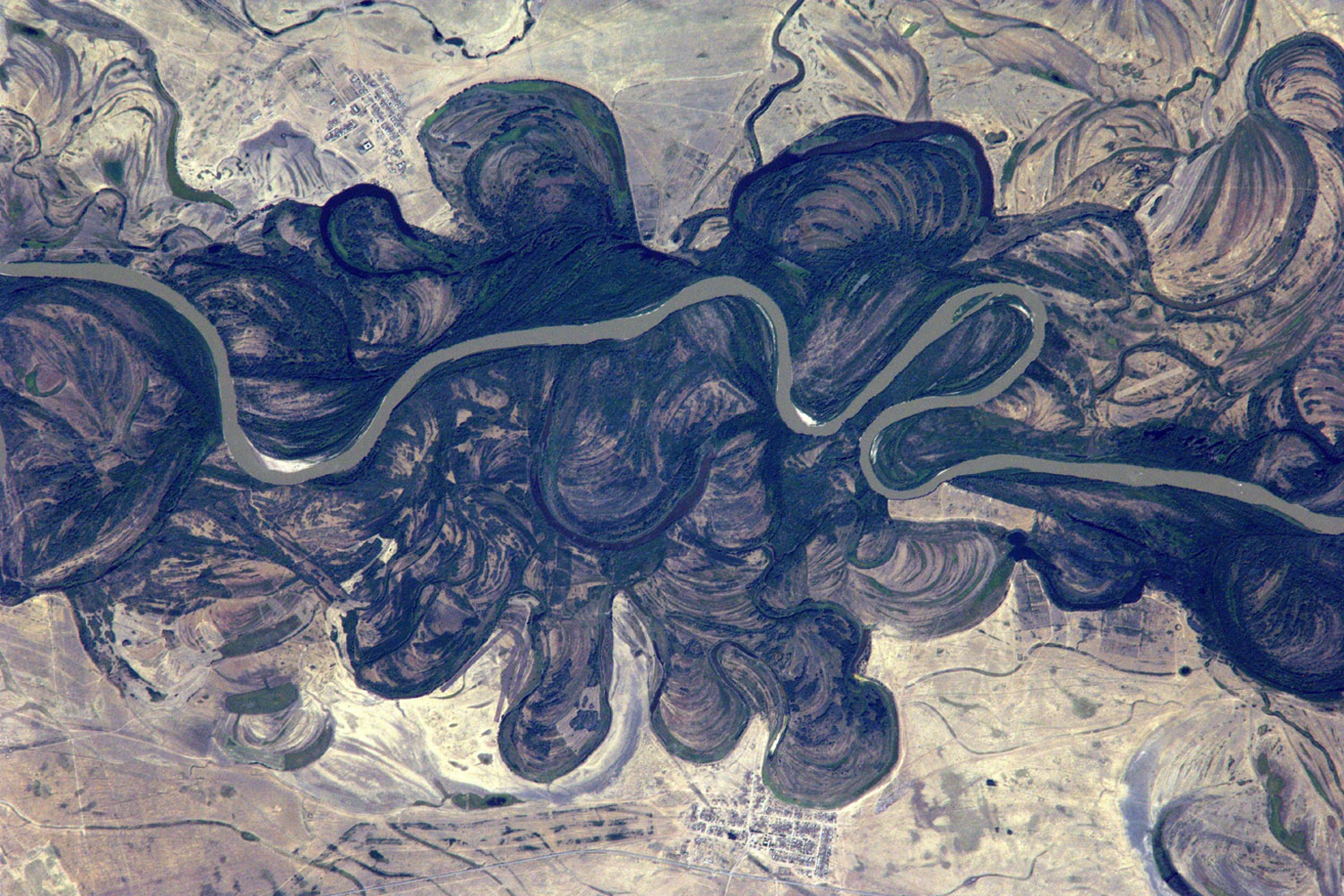
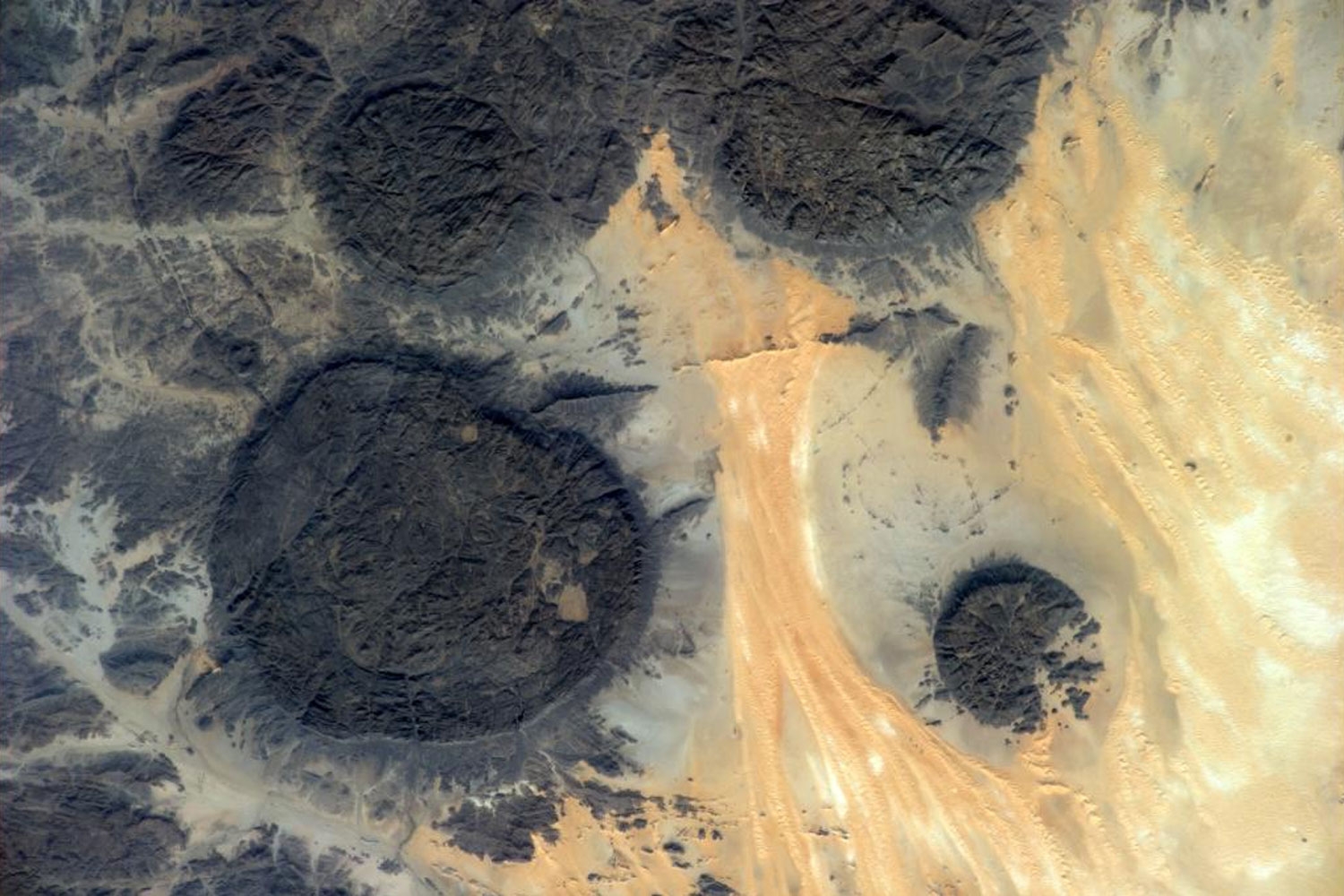

More Must-Reads From TIME
- The 100 Most Influential People of 2024
- The Revolution of Yulia Navalnaya
- 6 Compliments That Land Every Time
- What's the Deal With the Bitcoin Halving?
- If You're Dating Right Now , You're Brave: Column
- The AI That Could Heal a Divided Internet
- Fallout Is a Brilliant Model for the Future of Video Game Adaptations
- Want Weekly Recs on What to Watch, Read, and More? Sign Up for Worth Your Time
Write to Jeffrey Kluger at jeffrey.kluger@time.com